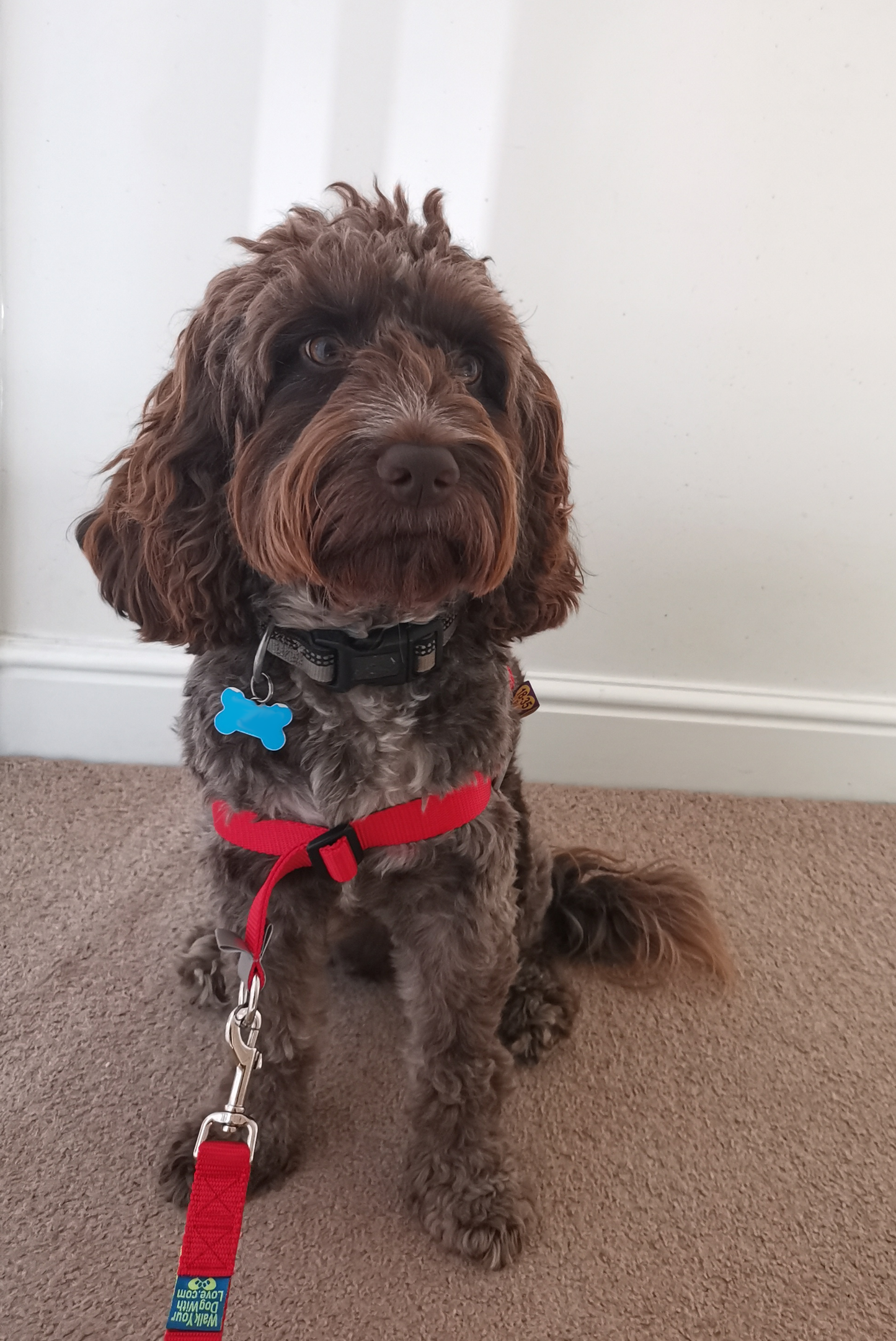One of the most powerful training tools available to walk your dog with love with you. "Leave it" should be taught and practiced frequently with all dogs. Antifreeze in a puddle, sharp bones, broken glass, or any other dangerous trash on the ground, and even a dog squabble at the dog park are all hazards you want your dog to avoid. Your dog's response to the cue "leave it" can mean the difference between quick praise and a trip to the emergency vet clinic.
Teaching a dog 'leave it'
It is not difficult to train your dog to "leave it." Begin the lessons at home or in a location with few distractions. Follow these steps to learn "leave it":
- Make sure you have two types of treats on hand. One type may be fairly boring to the dog, whereas the other should be a high-value treat that he enjoys. You should also break up the treats into pea-sized pieces so he doesn't have to chew on them for too long.
- Put a different type of treat in each hand. If you prefer to train with a clicker as your marker, you can do so while holding the high-value treat in the same hand. Put both of your hands behind your back.
- Make a fist with the hand that is holding the lower-value treat and offer it to your dog to sniff.
- Say "Leave it" and wait for them to finish sniffing your fist.
- When your dog has finished sniffing, either click with the clicker or say "yes." Then, with your other hand, offer him the higher value treat.
- Repeat until your dog stops sniffing your hand as soon as you say "leave it."
- When you say "leave it," and he immediately stops sniffing, leash your dog and toss a low-value treat out of his reach.
- Wait until he no longer sniffs and pulls toward the treat. As soon as he does, either say "yes" or click, and then hand him a high-value treat.
Repeat this exercise several times.
By practising "leave it," your dog should eventually stop pulling as soon as you give the cue. When rewarding him with a treat, make it something special, not just kibble. You're teaching him that asking him to leave some food doesn't mean he won't get anything, but that he might get something even better.
When your dog reliably responds to the cue, you can teach him that "leave it" refers to more than just food on the floor. Repeat the exercise with five different items that your dog finds fairly boring.
Start using slightly more exciting items after using five different "boring" items. You know your dog, so you alone know what items he would find more appealing, but don't immediately go for high-value items. You should gradually work up to high-value items to increase his chances of learning the cue. Don't start with Kleenex or a piece of plastic if they would attract your dog on a walk. Choose the items based on your ultimate goal: When you say "leave it," you want to be sure that your dog will leave whatever you ask him to leave.
The reward he receives when leaving an item can also change. Squeak and play with your dog's favourite toy when he comes running to you after leaving the other item of interest. Because most dogs enjoy interacting with us, a moment of praise or toy play can be just as effective as a treat.
Keep it fun
Even though you're practising "leave it" to keep your dog safe, you want him to think of it as a fun game. When your dog has mastered the game at home, begin practising in a variety of locations with more distractions.










